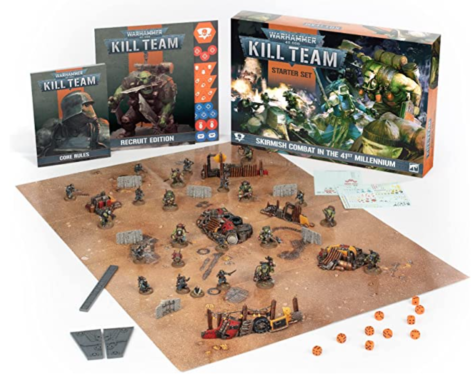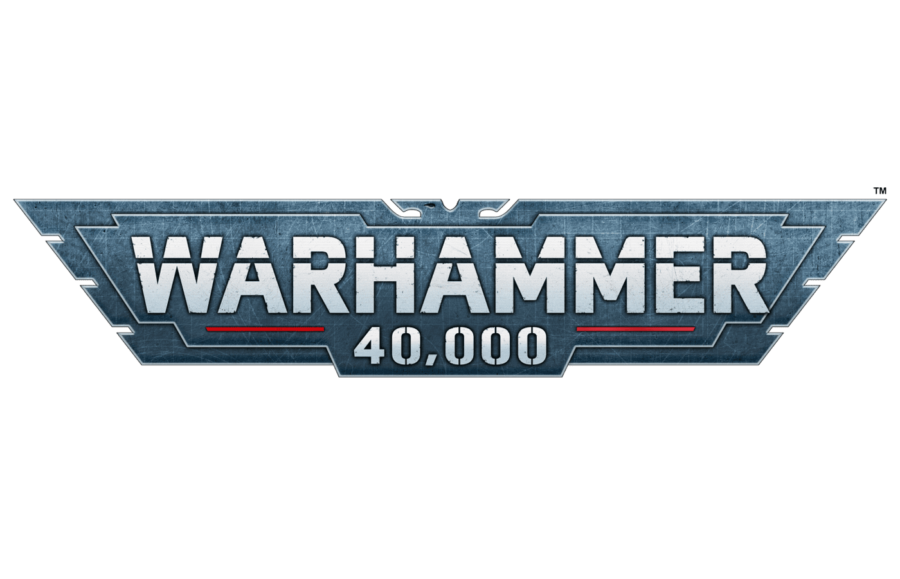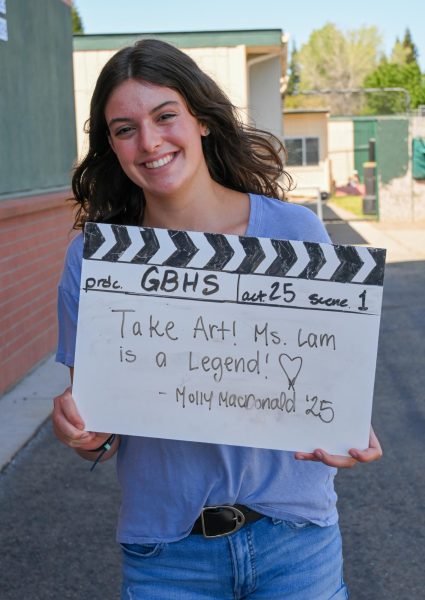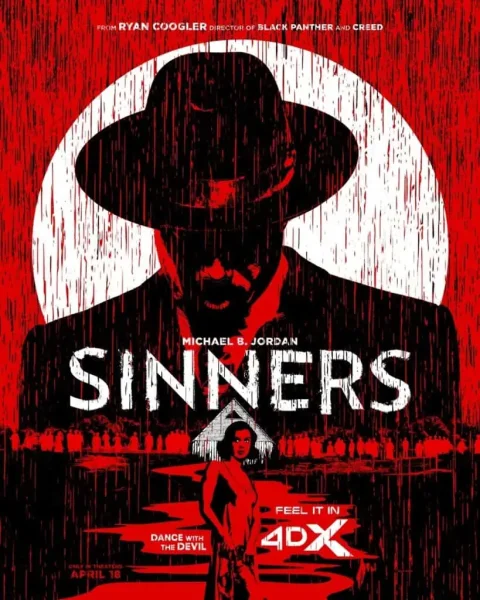Warhammer 40. Grim(dark)ly underrated
“Warhammer 40,000” is a tabletop strategy game, with a multimedia franchise that extends to many books, models, video games, TV shows, and even a movie with Henry Cavil. It’s safe to say that Warhammer is a fast-growing cultural phenomenon but what exactly is it?
“Warhammer 40000,” known by its fan base as Warhammer or simply “40k,” is a part of the grimdark genre, a genre of media depicting a violent or warlike future. When Warhammer was introduced to the world in 1983 it was set in a medieval fantasyland. Now, it is set in the year 40,000, well, 42,000 if you are going to be specific to the game’s lore and canon.
Games Workshop, the creators of Warhammer 40K wanted to mimic the success of “Dungeons and Dragons,” DND. To differentiate their product from DND, they created Warhammer 40k in a futuristic setting.
To start the game, a player needs to select an army from one of the 16 factions. The vastness of the world can be seen through the varying hierarchy. First, players choose a faction, each of which have their own lore and can range in diversity from the Space Marines to the Necrons. There are hundreds of armies that exist within each faction and are subcategorized, with each faction having a unique hierarchy.
Warhammer boasts an impressive 16 factions with each faction having multiple subcategories. This leads to a huge amount of diversity in selecting a Warhammer army. A faction known as the Space Marines, for example, has over 100 different legions and groups, not counting the Chaos Space Marines that have their own versions of Space Marine legions, lost legions, and future creation of even more legions.
My favorite aspect of Warhammer 40k is in the lore of the game and its worlds. Not only is there a large established lore base of Warhammer but there are also hundreds of theory communities and “Home Brewers”, which are people who create their own lore for different factions that they create using the extensive template of Warhammers universe.
The lore of Warhammer is unique in the Grimdark and Science Fiction spaces. Each of the factions and the multitude of armies within them have their own fleshed out lore that has been built for over 20 years. The Warhammer Galaxy is near infinite and is constantly expanding as wars start and end, planets die and are reborn and trillions of beings die on Imperium Hive worlds alone.
I also enjoy the bright spots in the lore of Warhammer. A faction called the Tau, for example, follow the guiding philosophy of the Tau’va, or Greater Good. The Tau’va functions like a holy book for the Tau. It teaches to “do the most good for the most people” To this end, Tau commanders will try to avoid war and battle by offering the enemy to stop resisting the Tau and keep their faith or philosophy as long as it works in accordance with the Greater Good. We need more people like the Tau in the world.
The Warhammer community’s average age demographic is 30 years old according to Steam. This age has been decreasing in recent years due to the influx of younger players, and in some cases, their children.

Warhammers buildable models are the multimedia franchise’s staple product. Games Workshop makes models for all 16 of the playable factions including terrain pieces and other detailing models. These terrain models are used for player versus player battles.
Warhammer fights include several main elements. Each player first needs to pick an army, for example, a player in the Space Marines faction using a Space Marines army could fight against another player using a Necron army. Each player would then have to source their faction’s codex, a rule book and more. These codices provide what is known as a data sheet which provides all the necessary stats of the units in their faction.
The players then start their battle. Each of the players takes turns playing out different actions on the battlefield. A Warhammer match in person can range from 45 minutes to more than 2 hours. Most matches end when all players’ units have been destroyed but sometimes special win conditions are determined before the game starts. For example, if the players choose the game mode of narrative play, recreating a battle in the lore then their actions per turn may be restricted.
Warhammer also boasts an incredible array of video games and other media. I would recommend playing Warhammer 40k: Mechanicus if you are interested in a Warhammer video game. In Mechanicus you command the Adeptus Mechanicus which are trying to steal ancient Necron artifacts, or the Necrons themselves as they defend their treasures from the Adeptus Mechanicus. I enjoy this game because not only is it very cheap on Steam, (I got my copy for 2 dollars off sale) but it features strategic turn based combat and a wide range of open ended options for attacking and defending.
For people who want a Warhammer experience on their phones (Not during class of course) I would recommend Warhammer 40k Tactics. Tactics is constantly being updated with new bug fixes and quality of life changes and plan to add more factions in the future. What I enjoy most about Tacticus is how true it stays to Warhammer while also being accessible to people who don’t know anything about Warhammer. Tacticus, while having microtransactions, is very free to play friendly and has no content that requires certain units in the game.
Warhammer remains as one of the quintessential fantasy and science-fiction universes in the world. Its accessibility, lore, and community are just a few of the aspects that make Warhammer 40k one of the most compelling grimdark science fiction franchises in the world.









